#poison plants
Text
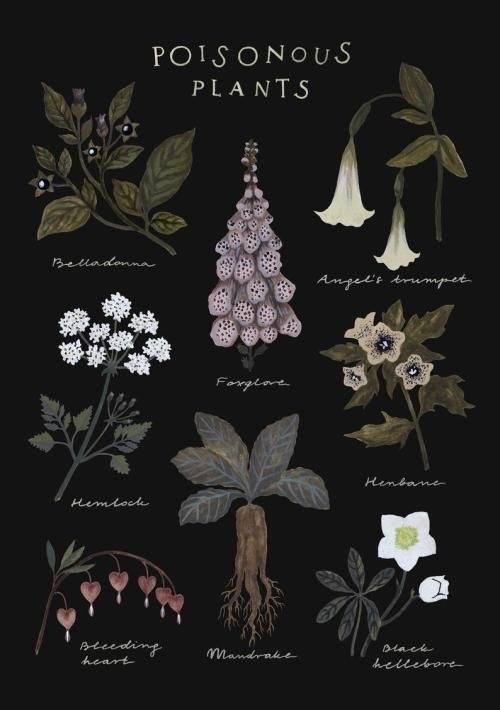
570 notes
·
View notes
Text

Foxgloves by Beatrix Potter circa 1903.
#bane folk#foxglove#foxgloves#digitalis#digitalis purpurea#poisonous plants#poison plants#baneful plants#baneful herbs
89 notes
·
View notes
Text
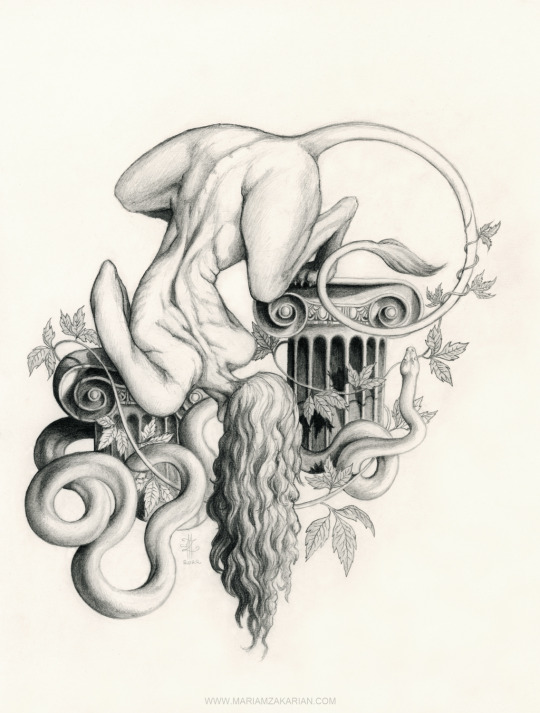
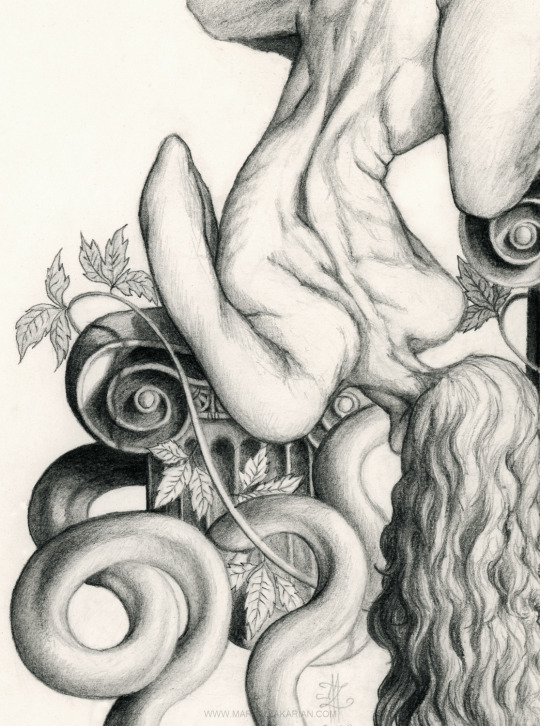

Sphinx and Serpent
Pencil drawing by Mariam Zakarian
Giclée prints at Zakarian.BigCartel.com
#mariam zakarian#unatur#sphinx#sphynx#egyptomania#egyptology#egypt#ancient#ancient greece#ancient Egypt#greek mythology#mythical creatures#poison ivy#poison plants#cottagecore#witchblr#witchcore#witchcraft#dark academism#dark academia#dark artists#dark aesthetic#snakes#snaketattoo#serpent#classical drawing#pencil drawing#pencils#graphite drawing#ionic column
281 notes
·
View notes
Text
Being a poisonous plants enthusiast is weird because every time i meet someone, i have to spend a few hours just convincing them that i am not a murderer. At this point i might as well just actually become a murderer so i dont have to defend my intrests.
10 notes
·
View notes
Text
Botanical Stickers 🍁🌿🌱🌻🌷🌼

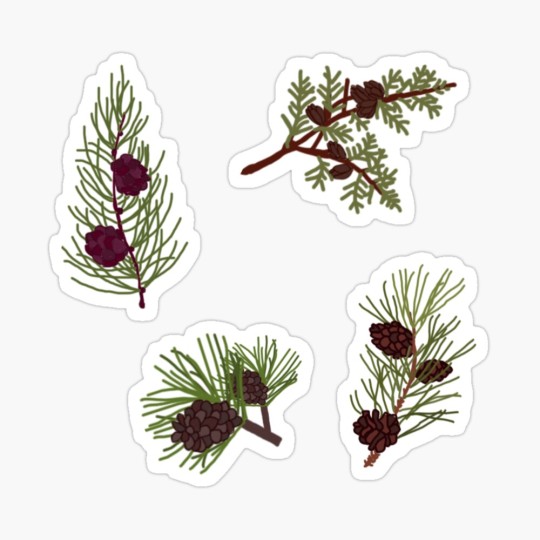


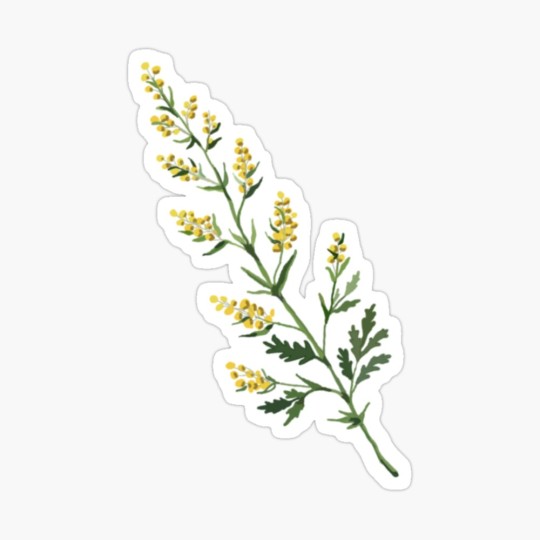


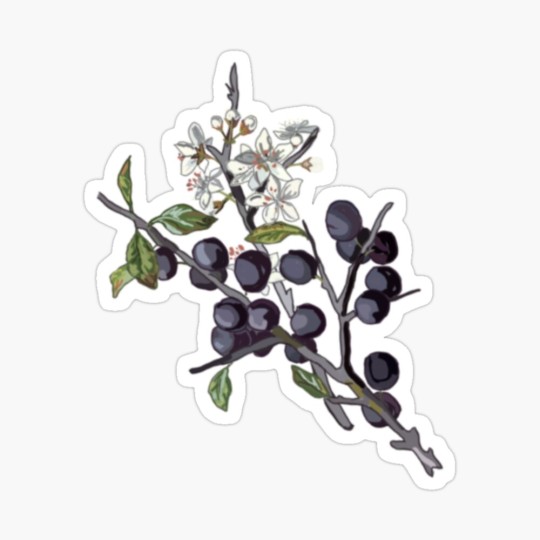
https://www.redbubble.com/people/abigailherman/shop?artistUserName=AbigailHerman&collections=3765551&iaCode=all-departments&sortOrder=relevant
#botanical#botany#flowers#floral#poison plants#blueberries#fruit#witchcraft#digital art#artists on tumblr
2 notes
·
View notes
Photo
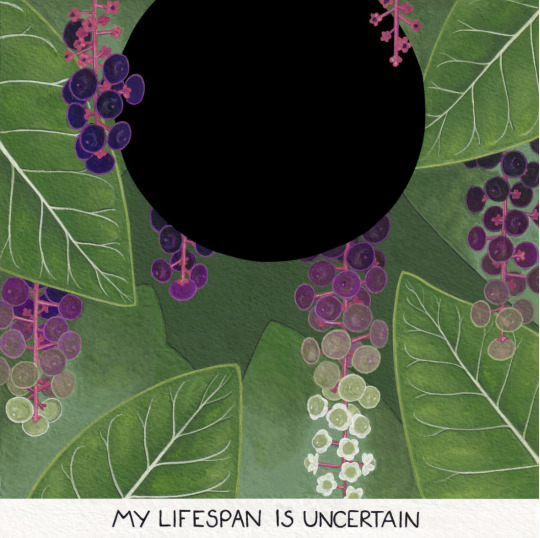

two of nine paintings by Mia Roeder of spiritdirt.com inspired by the contemplations on death by Buddhist thinker Atisha.
DO NOT REMOVE CREDIT
prints available for pre-order through December 6, 2022
#pokeweed#belladonna#poison plants#veneficium#spiritdirt#death meditation#contemplations on death#Atisha#Saturn lessons
28 notes
·
View notes
Text

“The Poisonous Heart” by J. Johnson @siyora
#heart anatomy#lineart#procreate#foxglove#water hemlock#angels trumpet#nightshade#poisonous#poison plants#maybe I will go back add shading maybe I won’t#hannibal#nbc hannibal#I was heavily inspired by that one scene in NBC Hannibal#iykyk right#should i make more?#my art
12 notes
·
View notes
Photo

art nouveau-tober 2022 // day two: amethyst
“pull the plug” 💀🌺
(that flower underneath him, by the way, is wolfsbane, one of the deadliest plants on earth)
ig: badmotorartist
#art nouveau#art nouveau-tober#chuck schuldiner#death band#gems and minerals#geology#poison plants#digital art#digital drawing#purple#drawing challenge#day 2#artists on tumblr#badgalnirvhannahart
5 notes
·
View notes
Text
Hemlock, like some other poisonous plants, was traditionally associated with the Devil and his servants, the witches. The latter were said to use it in spells to evoke demons and evil spirits, and to destroy love, cause madness or paralysis, and blast fertility in men and animals. It was also one of the ingredients of those flying ointments with which they were believed to anoint their bodies before they flew to the Sabbat. In the northern counties of England, it is called Bad Man’s or Devil’s Oatmeal, and children are warned not to touch it, because if they do, the Devil may seize and fly away with them.
It had, however, healing and soothing properties, and was used in folk-medicine for several painful ills. A poultice made of water-hemlock (or cowbane) cured rheumatism. Hemlock-roots roasted until they were soft eased the pains of gout in the hand. A sixteenth-century sleeping-apple contained hemlock juice mixed with opium, mandrake, henbane-seeds and musk, which was rolled into a ball and held to the patient’s nose until he fell asleep. A remedy for ‘a Pynn and Webb in the Eye’ is included in that collection of cures and household lore compiled by the Fairfax family in Yorkshire, and now known as Arcana Fairfaxiana Manuscripta. In this hemlock was mixed with white of egg and a little baysalt, and the whole laid to ‘ye pulce of ye arme on ye contrary side’, that is, the right arm for the left eye, and vice versa. If the affliction was ‘nere the sight of ye eye’, juice extracted from the roots and leaves of daisies was added, to be dropped into the eye ‘and so use it, till it be whole’.
The Encyclopedia of Superstition. E. and M. A. Radford.
13 notes
·
View notes
Text


༺ 𝔇𝔢𝔞𝔡𝔩𝔶 𝔑𝔦𝔤𝔥𝔱𝔰𝔥𝔞𝔡𝔢𓆸 ༻
#deadly nightshade#favorite plants#my edits#poisonous plants#poison plants#belladonna plant#belladonna#nightshade#plants#plants and herbs#goth aesthetic#gothic aesthetic#༺♡༻#my special interests#glitter graphics#glitter gifs
80 notes
·
View notes
Text

harlivy 🌱❤️
#harlivy#harley quinn#poison ivy#pamela isley#harlivy fanart#harlivy art#my art#POISON IVY I AM IN LOVE WITH YOU#as a plant lesbian i just think she’s never done anything wrong in her life
10K notes
·
View notes
Text
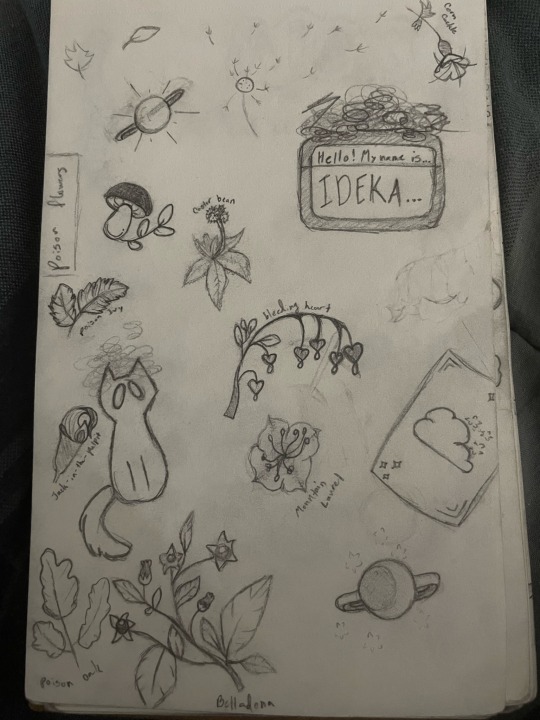
And now we are officially in doodle territory-
You might notice a lot of the flowers\plants are labeled. I kind of have a thing for flower symbolism, and bleeds over into a lot of things. And when I say a lot of things, I mean PRACTICALLY EVERYTHING.
0 notes
Text
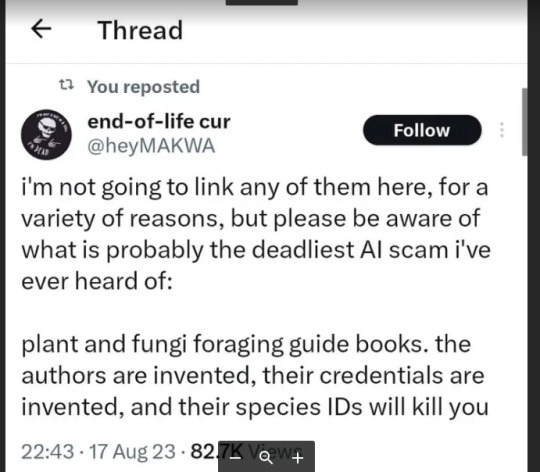
ETA: I wrote up a guide on clues that a foraging book was written by AI here!
[Original Tweet source here.]
[RANT AHEAD]
Okay, yeah. This is a very, very, very bad idea. I understand that there is a certain flavor of techbro who has ABSOLUTELY zero problem with this because "AI is the future, bro", and we're supposed to be reading their articles on how to use AI for side hustles and all that.
I get that ID apps have played into people's tendency to want quick and easy answers to everything (I'm not totally opposed to apps, but please read about how an app does not a Master Naturalist make.) But nature identification is serious stuff, ESPECIALLY when you are trying to identify whether something is safe to eat, handle, etc. You have to be absolutely, completely, 100000% sure of your ID, and then you ALSO have to absolutely verify that it is safely handled and consumed by humans.
As a foraging instructor, I cannot emphasize this enough. My classes, which are intended for a general audience, are very heavy on identification skills for this very reason. I have had (a small subsection of) students complain that I wasn't just spending 2-3 hours listing off bunches of edible plants and fungi, and honestly? They can complain all they want. I am doing MY due diligence to make very sure that the people who take my classes are prepared to go out and start identifying species and then figure out their edibility or lack thereof.
Because it isn't enough to be able to say "Oh, that's a dandelion, and I think this might be an oyster mushroom." It's also not enough to say "Well, such-and-such app says this is Queen Anne's lace and not poison hemlock." You HAVE to have incredibly keen observational skills. You HAVE to be patient enough to take thorough observations and run them through multiple forms of verification (field guides, websites, apps, other foragers/naturalists) to make sure you have a rock-solid identification. And then you ALSO have to be willing to read through multiple sources (NOT just Wikipedia) to determine whether that species is safely consumed by humans, and if so if it needs to be prepared in a particular way or if there are inedible/toxic parts that need to be removed.
AND--this phenomenon of AI-generated crapola emphasizes the fact that in addition to all of the above, you HAVE to have critical thinking skills when it comes to assessing your sources. Just because something is printed on a page doesn't mean it's true. You need to look at the quality of the information being presented. You need to look at the author's sources. You need to compare what this person is saying to other books and resources out there, and make sure there's a consensus.
You also need to look at the author themselves and make absolutely sure they are a real person. Find their website. Find their bio. Find their social media. Find any other manners in which they interact with the world, ESPECIALLY outside of the internet. Contact them. Ask questions. Don't be a jerk about it, because we're just people, but do at least make sure that a book you're interested in buying is by a real person. I guarantee you those of us who are serious about teaching this stuff and who are internet-savvy are going to make it very easy to find who we are (within reason), what we're doing, and why.
Because the OP in that Tweet is absolutely right--people are going to get seriously ill or dead if they try using AI-generated field guides. We have such a wealth of information, both on paper/pixels and in the brains of active, experienced foragers, that we can easily learn from the mistakes of people in the past who got poisoned, and avoid their fate. But it does mean that you MUST have the will and ability to be impeccably thorough in your research--and when in doubt, throw it out.
My inbox is always open. I'm easier caught via email than here, but I will answer. You can always ask me stuff about foraging, about nature identification, etc. And if there's a foraging instructor/author/etc. with a website, chances are they're also going to be more than willing to answer questions. I am happy to direct you to online groups on Facebook and elsewhere where you have a whole slew of people to compare notes with. I want people's foraging to be SAFE and FUN. And AI-generated books aren't the way to make that happen.
#foraging#mushroom foraging#plant foraging#mushrooms#edible plants#edible mushrooms#wild foods#food#nature#AI#fungus#fungi#poisonous mushrooms#poisonous plants#botany#mycology#rant
4K notes
·
View notes
Text
Floral Phantom
+
Because of his fight with Undergrowth, Danny abosorbed his plant powers, like he did with Votex.
But Undergrowth had no problem with Danny having them, not like Vortex.
+
So.
Danny has plant powers, just like Dani, who did learn it from Danny.
Dani once again destabilized, and Danny had the perfect idea how to help her!
++++
Danny visited an Arkham cell for a problem.
Danny:" So, Dr. Pamela Isley. I would like to have your DNA."
Poison Ivy was angry:" What!"
Danny opened his hand, and out of his hand, a plant started to sprout from it. As Ivy saw that, she looked at the boy and waited for what he wanted to say.
Danny:" I need your DNA to stabilize a girl who has genetic problems."
Pamela:" Genetic Problems?"
Danny:"Well, Clone problems, and I think your DNA would help her. So are you okay with it?"
Pamela:" Sure."
Danny smiled and took her into the portal.
++
Undergrowth Realm.
That was how Ivy was taken to this prehistoric place, just plants and all of them speak to her. Many extinct plants too, like the Cooksonia.
And it was massive! Bigger then she thought possible.
There she meet that massive Plant god, and the tiny girl in the tube. The boy left as he shows her the place, he has to go back being a hero.
#danny phantom#poison ivy#danny fenton#dc#dp x dc#dc x dp#dp + dc#batman#dcau#dp#dc comics#Undergrowth#Plant Powers Danny#Dani Fenton#Ellie Fenton#pamela isley#later Ivy x Undergrowth#Cooksonia
1K notes
·
View notes
Photo

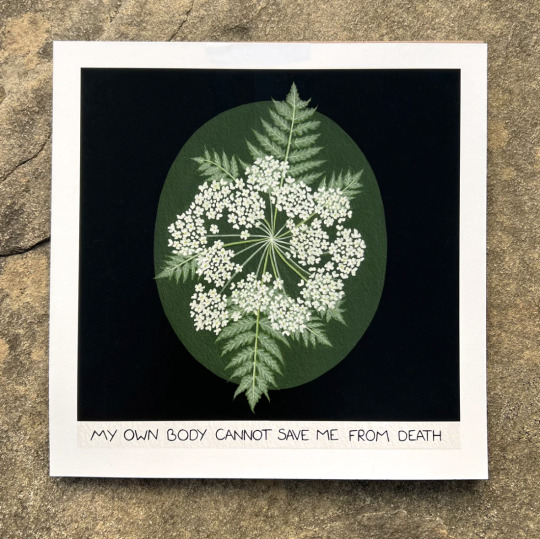
two of nine paintings by Mia Roeder of spiritdirt.com inspired by the contemplations on death by Buddhist thinker Atisha.
DO NOT REMOVE CREDIT
prints available for pre-order through December 6, 2022
15 notes
·
View notes

